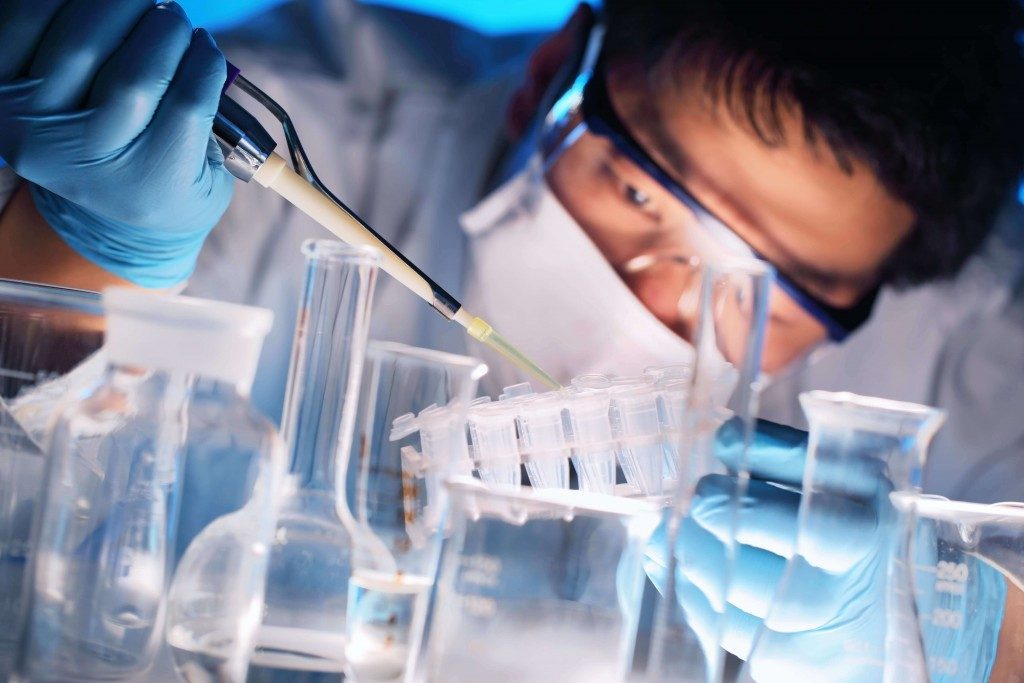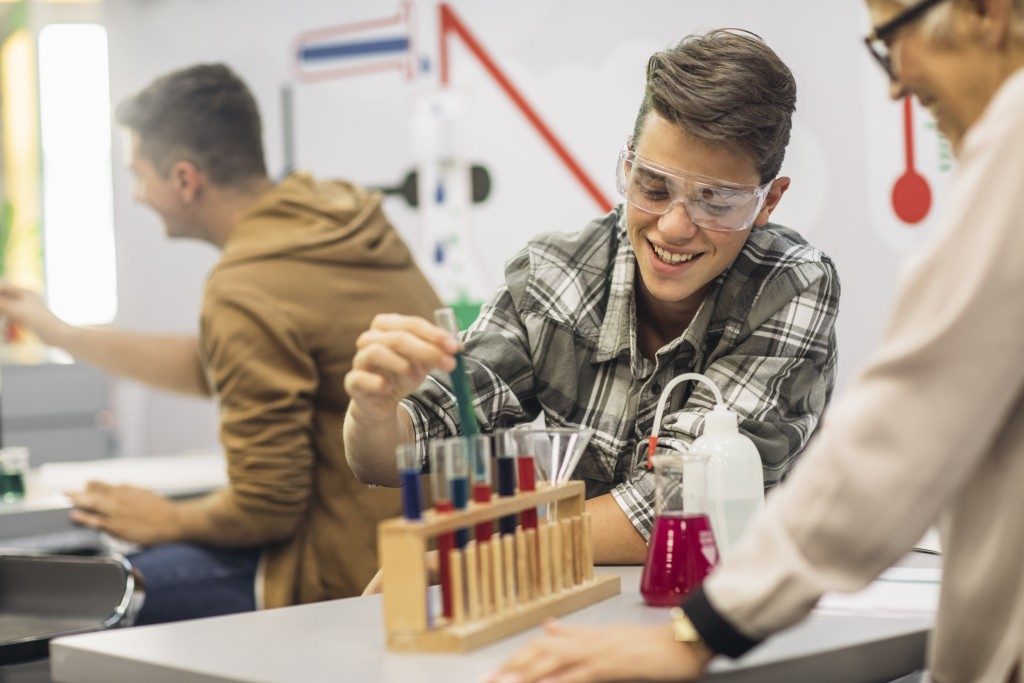It is undeniable that the environment of an educational institution has a great impact on teaching and learning. As such, today’s classrooms are optimised for a greater degree of student collaboration and engagement. The stereotypical image of a student sitting at his or her desk for hours one end is becoming a thing of the past in many places of learning.
However, the design of interactive areas like science laboratories in schools and colleges is often overlooked during the planning stage. Optimisation of these spaces is crucial, from the very start, as they provide a safe area for students to explore and investigate.
When designing school science laboratories, take note of the following elements:
Complementing Practical and Theoretical Learning
Science calls for a combination of practical and theoretical learning. It’s essential to build an environment where these two learning disciplines balance one another so that students can learn efficiently and effectively.
When designing school laboratories, the classroom space must complement both practical and theoretical learning even as the students go about dong varied tasks. Furniture must adapt to support a range of learning activities, from solo experiments to group work.
Durable Materials
Investing in the right laboratory equipment and materials adds major value to the research experience and minimises costs associated with maintenance, repair and replacement. Make sure to collaborate with reliable suppliers who provide industry-leading and durable equipment.
Integration of Technology
The integration of technology in the laboratory gives students access to advanced learning tools and the latest updates in their field of study. Devices like tablets and laptops also help students transition between working in the laboratory to completing homework wherever they are.
Laboratory Environment
Environmental factors help students fulfil their potential and improve their learning. These include:
Colour Scheme
White is the standard colour palette for laboratories, as it allows students and teachers to see what’s on their bench when they’re working with chemicals. To avoid monotony, choose bright colours like light green and orange to help stimulate thinking.
Light and Learning Space
Natural light and access to outdoor spaces minimise the instances of nature deficit disorder and help improve concentration. Sufficient space is essential for students and teachers to move around safely and easily.
Flooring
Laboratory flooring needs to pass a pendulum test to ensure that it is slip-resistant. Vinyl is an ideal flooring material, as it is resistant to most chemicals and can be easily cleaned.
Work Surface
A workbench suffers the most wear in the laboratory, as they are where experiments are conducted, but they can last for years when maintained regularly. Choose benches made from composite stone, granite or solid grade laminate, since they are more resistant to water, chemicals, hot water and abrasion than other surfaces.
Safety

In compliance with safety standards, laboratories should be well-ventilated to avoid fumes circulating into non-science areas. Since emergencies can happen in labs, a central system to immediately shut down electricity, gas and water must be accessible to students and teachers. Chemicals should be stored in dedicated cupboards, clearly labelled and separated from other equipment.
Like other learning areas, the science laboratory is essential in honing skills like observation, communication, collaboration and critical thinking. One key to success is designing a safe science laboratory that optimises learning and collaboration.

